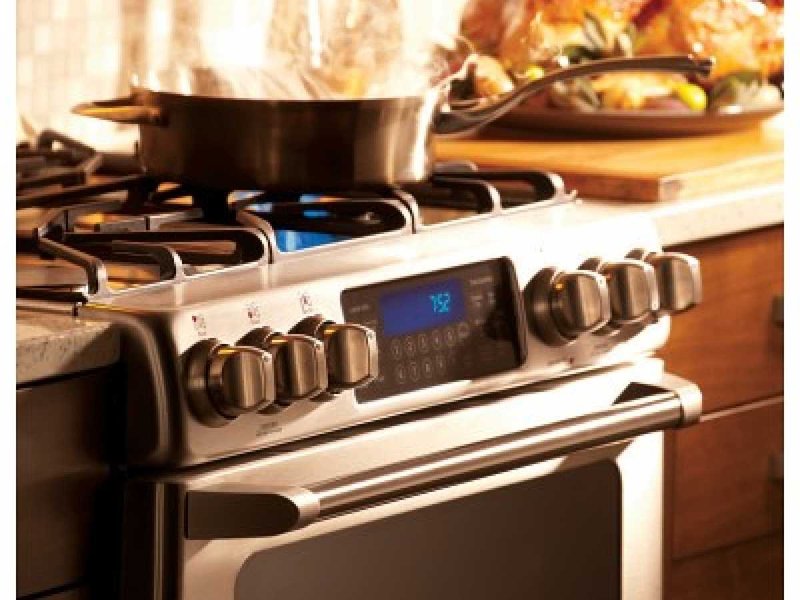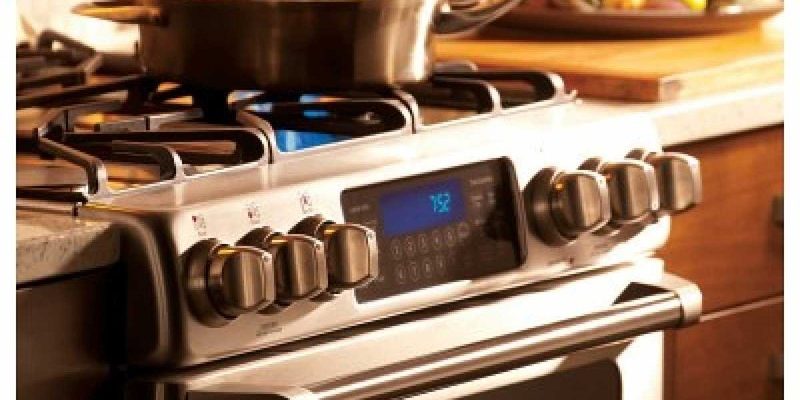
Error codes are the appliance’s way of waving a red flag to capture your attention. They alert you that something isn’t quite right inside the machine—a hidden hiccup, if you will. Just like your car’s check engine light, these codes are a sign that the appliance needs a bit of TLC, whether that’s cleaning, resetting, or a more detailed inspection by a professional. The GE oven and range error code SE is specifically related to the control panel keypad. It’s a signal that the keypad has become stuck or unresponsive.
Understanding Error Code SE
You might be wondering, “Why does this error occur in the first place?” Well, the SE error code pops up when the oven’s control panel is having issues with its buttons being stuck or not responding. Picture this: It’s like trying to send a text on your phone with a jammed keyboard—frustrating, right? The keypad communicates with the oven’s brain, and when it can’t do that, the oven essentially raises its digital hand for help by flashing the SE code.
Common reasons for this error can include dirt buildup, moisture, or simply wear and tear over time. Just like how dust can affect a computer keyboard, tiny particles can sneak into the control panel of your oven. Or, if you’ve accidentally splashed water during a cleaning spree, it might have seeped into the delicate electronic parts. Sometimes, it’s just the age of the appliance catching up with it.
To troubleshoot this at home initially, try to gently clean the surface of the control panel with a slightly damp cloth and some mild detergent. Make sure it’s completely dry afterward. If moisture is the culprit, sometimes leaving the oven off for an hour or two allows it to dry out. However, if the error persists, it’s probably time to consider calling a technician.
Why Calling a Technician is Essential
Now, you might think, “Can’t I fix this on my own?” While there’s a charm in a DIY approach, tackling the SE error code can be tricky and might require more technical skills than your average home repair project. The inner workings of an oven’s control panel are intricate—like the inside of a watch. You wouldn’t want to accidentally cause more harm than good, right?
There are electrical components involved, and without the right expertise, you could risk short-circuiting something or even causing a safety hazard. Technicians not only bring in their technical know-how but also have special tools and replacement parts on hand. Calling a professional ensures the problem is identified accurately and resolved safely. Plus, they can often spot potential issues before they become major problems, saving you further worry down the line.
If your oven is still under warranty, a technician visit might even be covered, resulting in no extra cost to you. Always check your appliance’s warranty or service agreement before proceeding with repairs.
What to Expect During a Technician Visit
So, what actually happens when a technician arrives to address the SE error code? Once they’ve given the appliance a thorough once-over, they’ll delve into diagnosing the problem. They might dismantle parts of the control panel to check for stuck buttons or trace any signs of moisture damage. It’s a bit like detective work, piecing together clues to get to the root of the issue.
If parts need replacing, the technician will typically provide you with options. Sometimes, it’s a simple fix, such as replacing a specific button. Other times, a more extensive repair might be necessary. Either way, they should walk you through the implications, costs, and timeframes involved.
Finally, technicians often offer invaluable maintenance advice to help prevent future issues. They might suggest regular cleaning tips or protective measures to keep your appliance in top shape. Always keep an open channel for questions—you’d be surprised by how much you can learn from their expertise.
Preventative Tips to Avoid Future Error Codes
While you can’t prevent every possible issue, there are some proactive steps you can take to minimize the chances of encountering the SE error code again. Think of it as giving your oven a little love to keep it running smoothly.
Regularly clean the control panel buttons, ensuring no gunk builds up that might hinder their function. Avoid using harsh chemicals that could degrade the plastic or seep into the circuitry. If you notice signs of worn-out buttons, don’t ignore them—address them before they escalate into bigger issues.
Be mindful of how moisture interacts with your appliance. Whether it’s from cooking or cleaning, try to wipe down any splashes promptly. Installing a small exhaust fan or ensuring good ventilation in the kitchen can also help to manage humidity levels.
In summary, encountering the SE error code on your GE oven or range doesn’t have to be a crisis. With a better understanding of what the code means and when to seek expert help, you can handle the situation like a pro. And remember, if you’re ever in doubt, calling a technician is always a smart move, ensuring safety and functionality in your kitchen.
